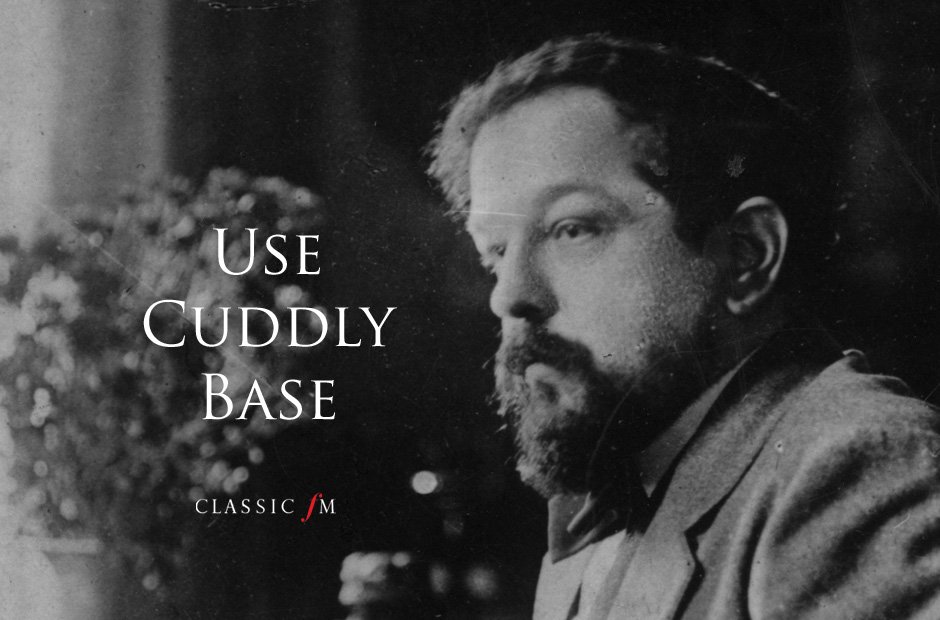
Admired by the generations to come, championed by composers in love with modernity, interpreted by all the greatest instrumentalists, Debussy’s work was destined to be timeless. Indeed, in his vocal compositions, his writing is so close to the modulations of a voice that they seem almost spoken. The simultaneously formal, harmonic and rhythmic modernity of his piano pieces is impressive. His orchestral works blur the melodic lines of the time offering sparkling, pure harmonies. Neither post-Romantic, nor impressionist nor symbolist, Claude Debussy’s style is difficult to define as his music reaches such heights of freedom. The repetitive spiraling melodies in Arabesque No. One of the most outstanding events was to be the first production of his opera Pelléas et Mélisande at the Opéra Comique in 1902. 1 Click to watch Nothing says impressionism like being inspired by Eastern art and music. Eluding all official posts or honours, while taking great care to criticise his fellow composers, Debussy spent the greatest part of his life composing. Even though Debussy remained fascinated by the master of Bayreuth, his orchestration drew on Russian composers ( Nikolai Rimsky-Korsakov and Modest Mussorgsky) or the musical discoveries of the 1899 Universal Exposition, (World Fair), without forgetting Satie’s search for simplicity whom he met at the Chat noir cabaret. Claude-Achille Debussy (22 August 186225 March 1918) was a French composer. The composers best work and his own favorite composition, Clair de Lune was inspired by Paul Verlaines poetry and overall melancholic style. Claude Debussy between Richard Wagner and Erik SatieĪs early as 1894, Claude Debussy made an impression with his Prelude to the Afternoon of a faun (in French: Prélude à l’après-midi d’un faune), which set him apart from the pervading universe of Richard Wagner. Accused of “vague impressionism”, the young Debussy’s first works, however, appealed to the Parisian intelligentsia such as Mallarmé, Régnier, Laforgue, Verlaine and Louÿs at the beginning of the 20th century. The introduction is supposed to reproduce the relative calm of the morning. Traditionally, it is believed that the Prelude consists of introduction, two themes and coda. Embracing nontraditional scales and tonal structures, Claude Debussy is one of the most highly regarded composers of the late 19th and early 20th centuries and is seen as the founder of musical.

He did not believe in the stereotyped harmonic procedures of the 19th century, and indeed it becomes clear from a study of mid-20th-century music that the earlier harmonic methods were being followed in an arbitrary, academic manner.

#Claude debussy compositions series
During his stay at the Villa, his “parcels from Rome” scandalised the Institute, which criticised him for being “tortured by the desire to produce bizarre, incomprehensible and unplayable music”. While preparing the performance of this piece, we should first speak about its structure. Claude Debussy - Impressionism, Orchestral, Piano: Debussy’s music marks the first of a series of attacks on the traditional language of the 19th century.

Claude Debussy, composer of the "bizarre"Ĭlaude Debussy, whose parents were not musicians, received a solid musical education at the Paris Conservatoire with Marmontel (piano), Lavignac (theory of music), Durand (harmony), Franck (organ), Massenet and Guirand (composition) winning the Prix de Rome in 1884.


 0 kommentar(er)
0 kommentar(er)
